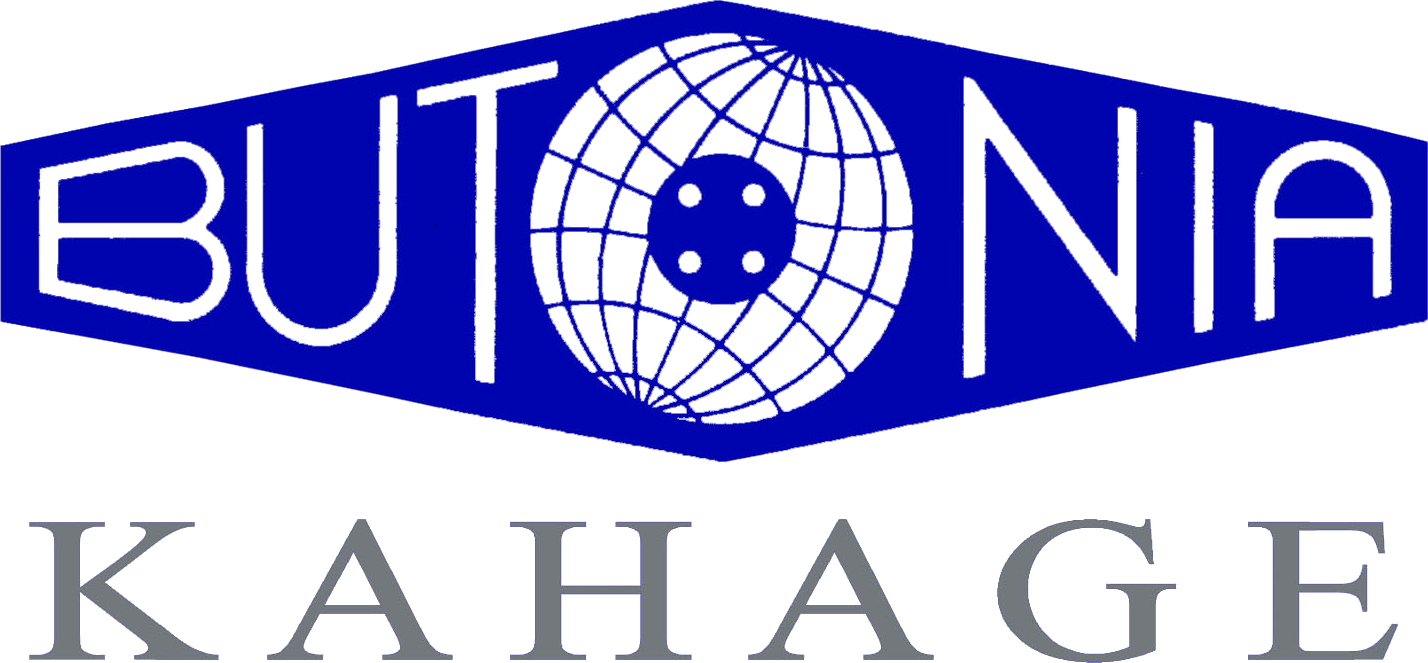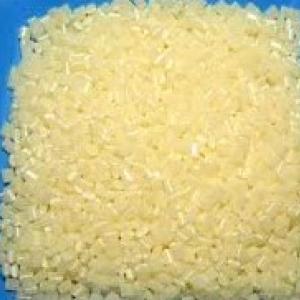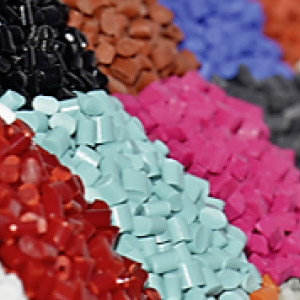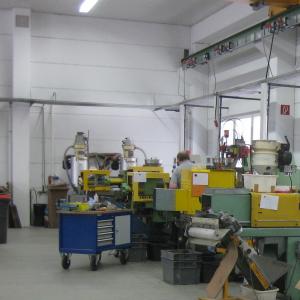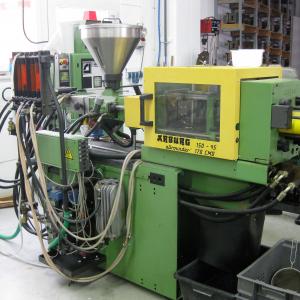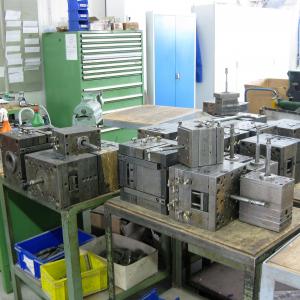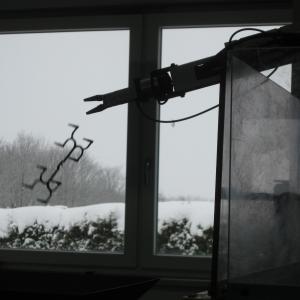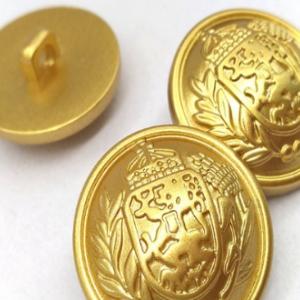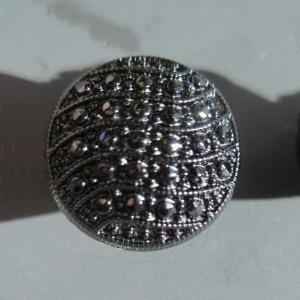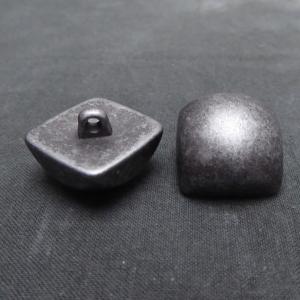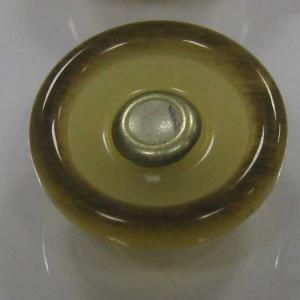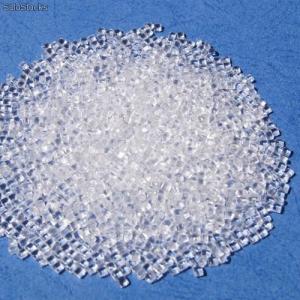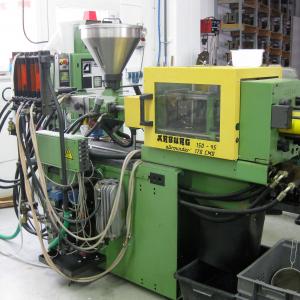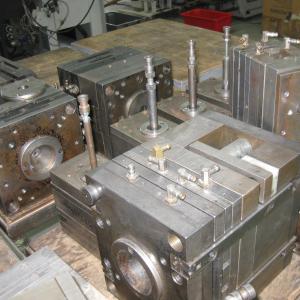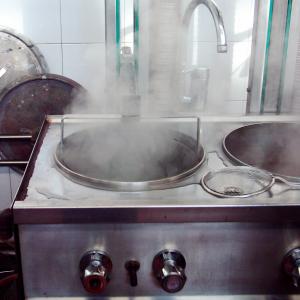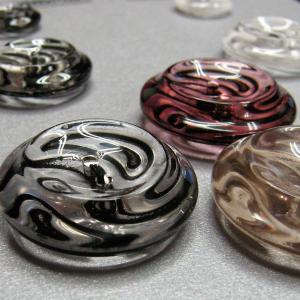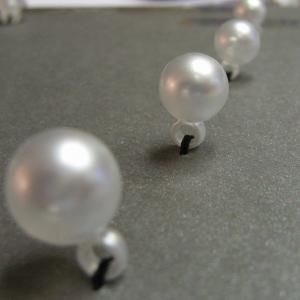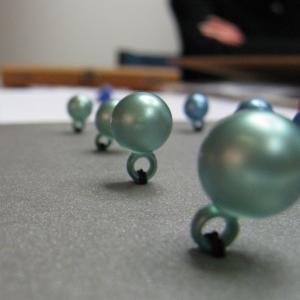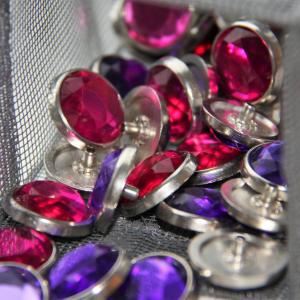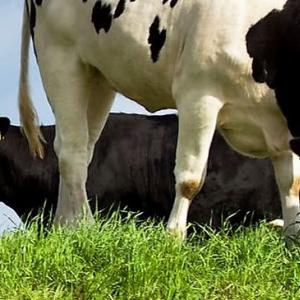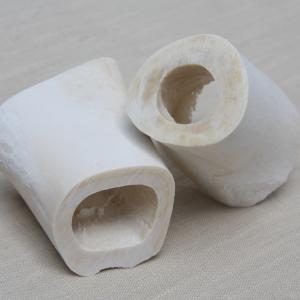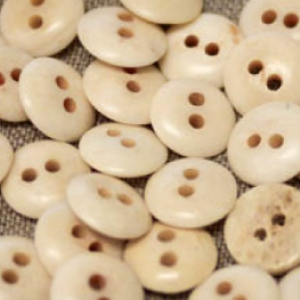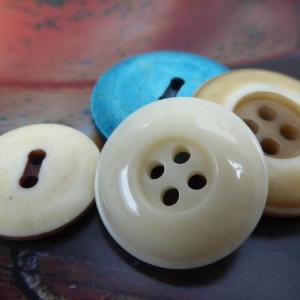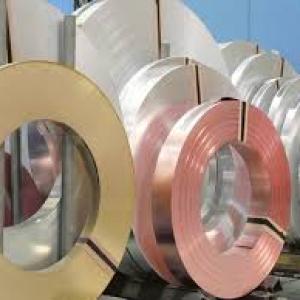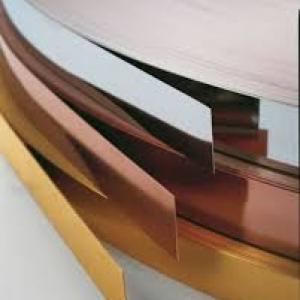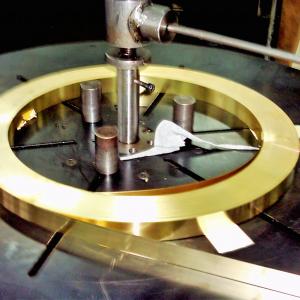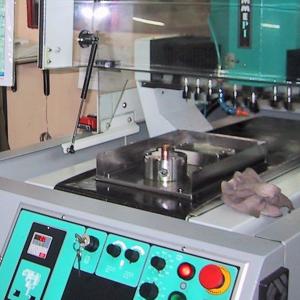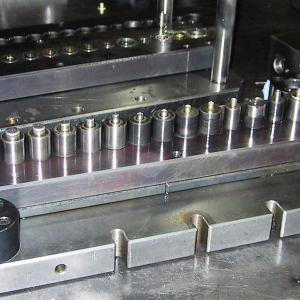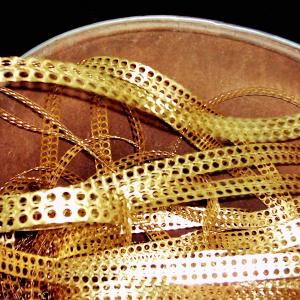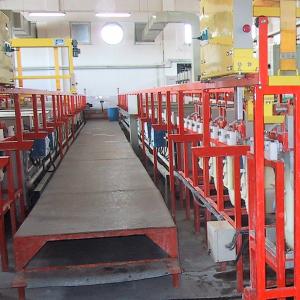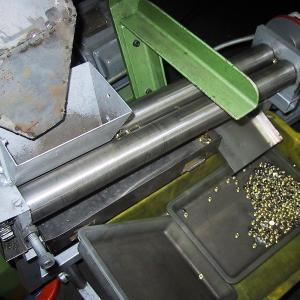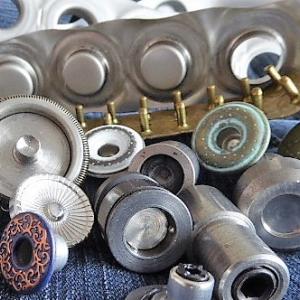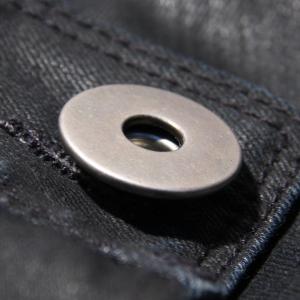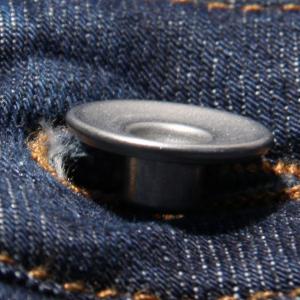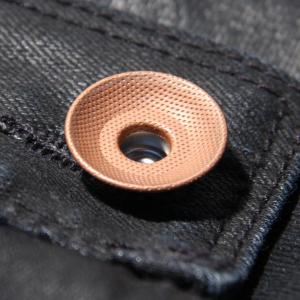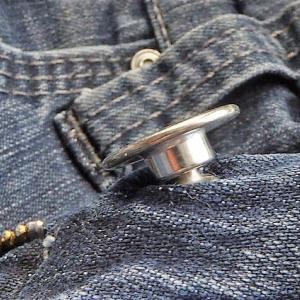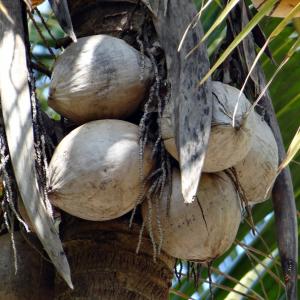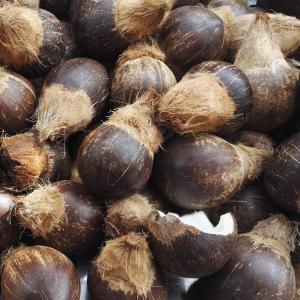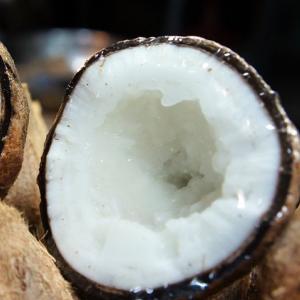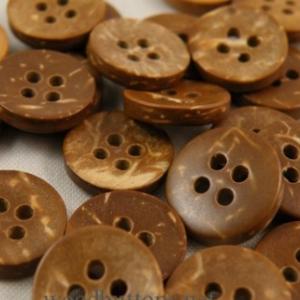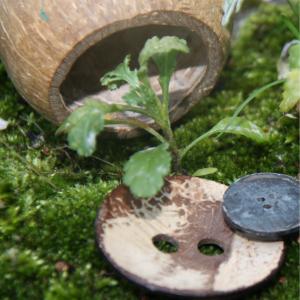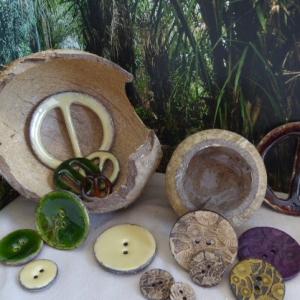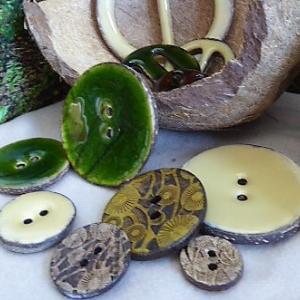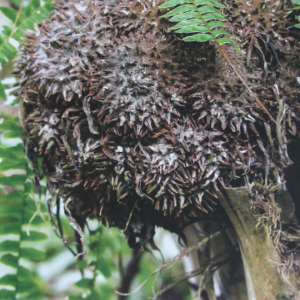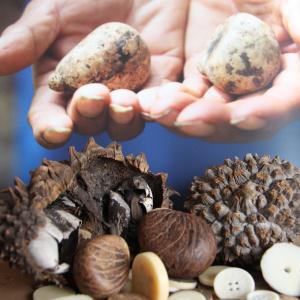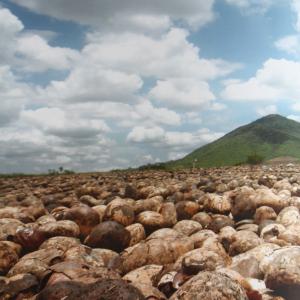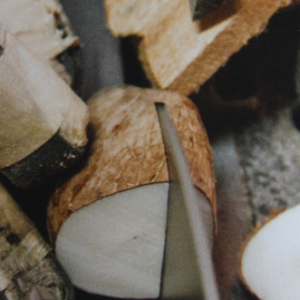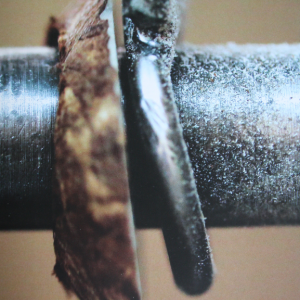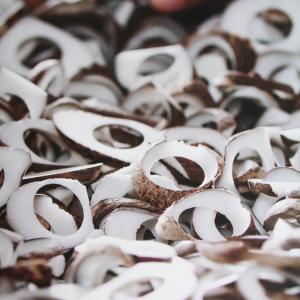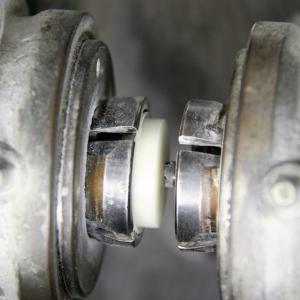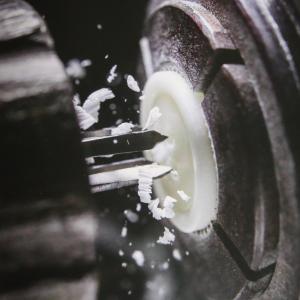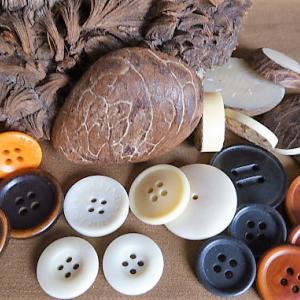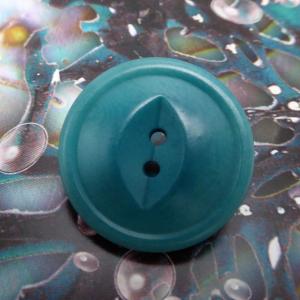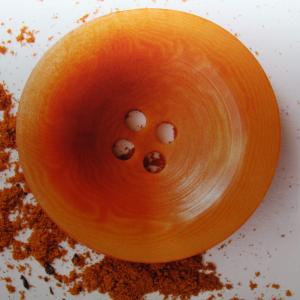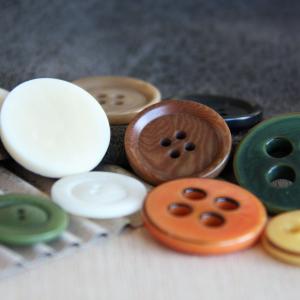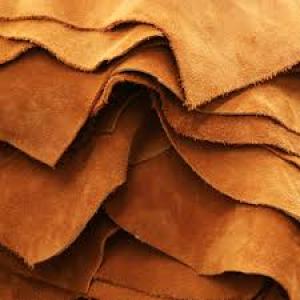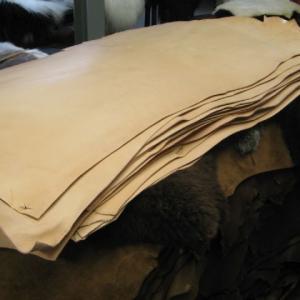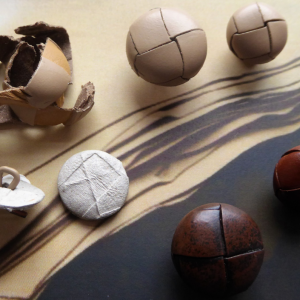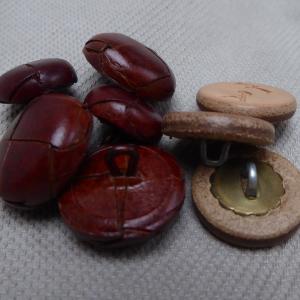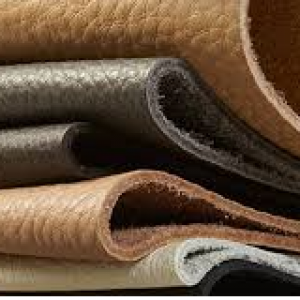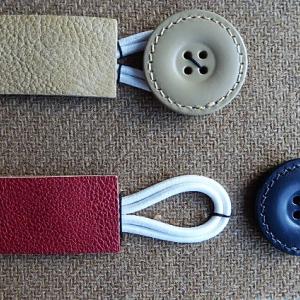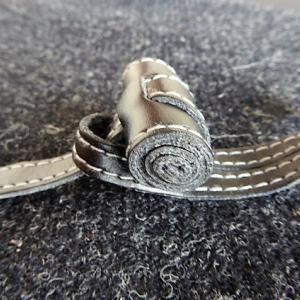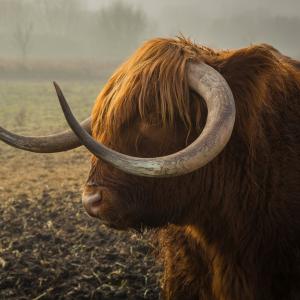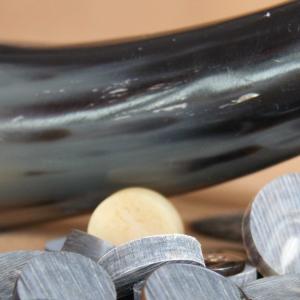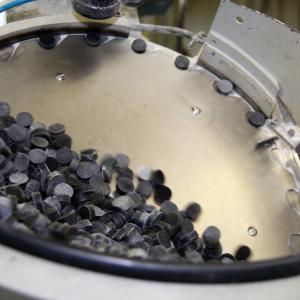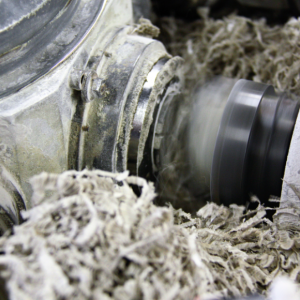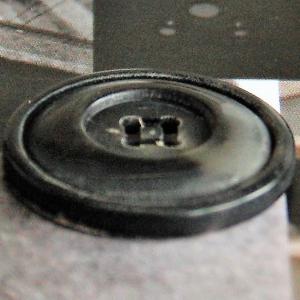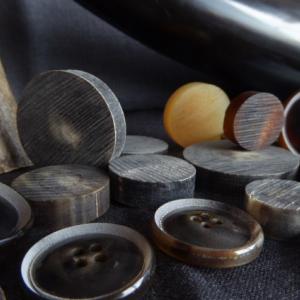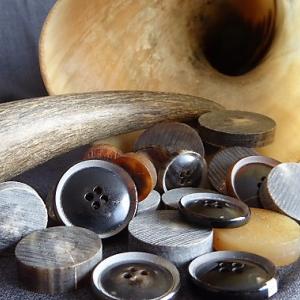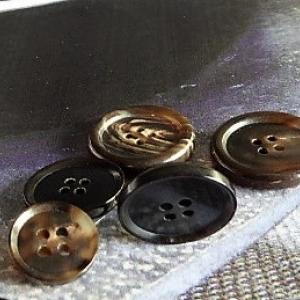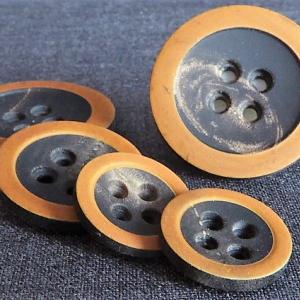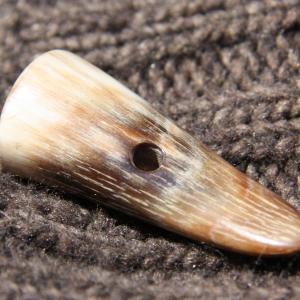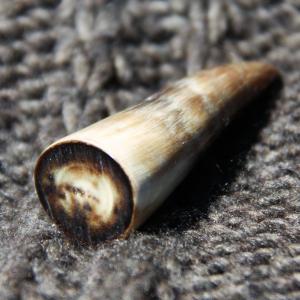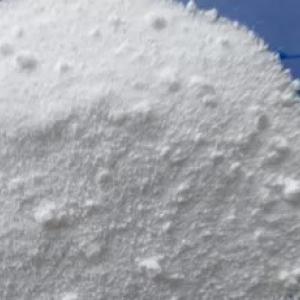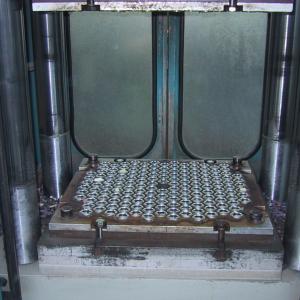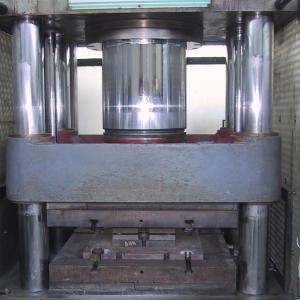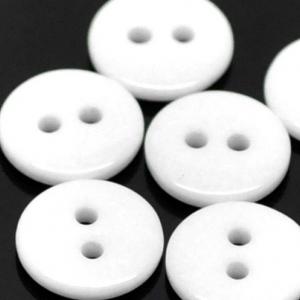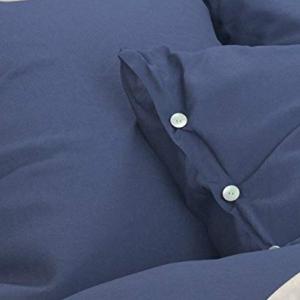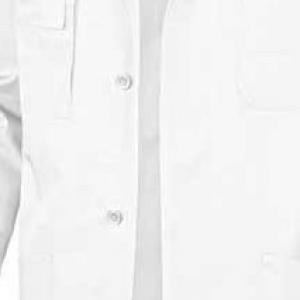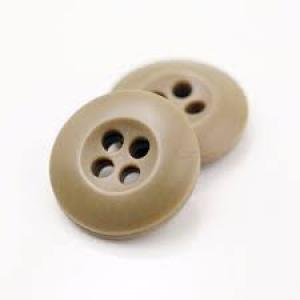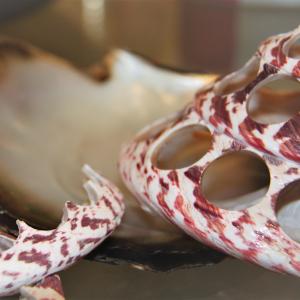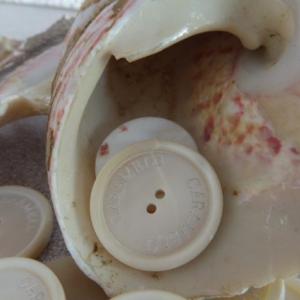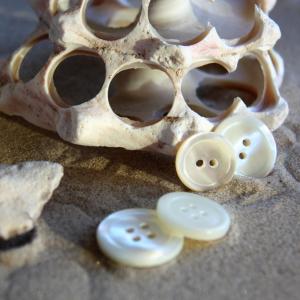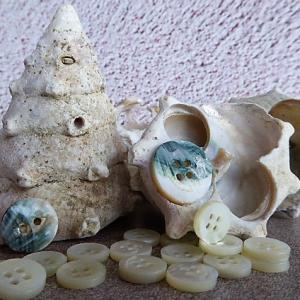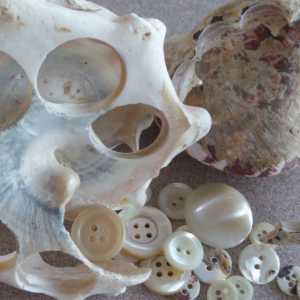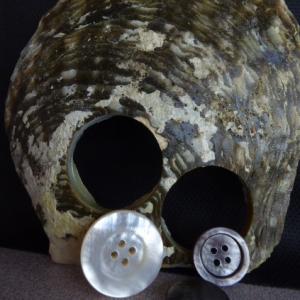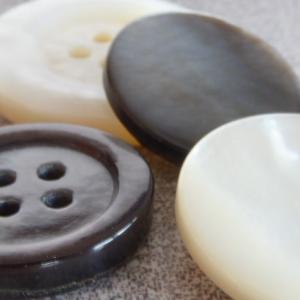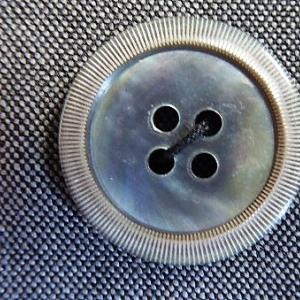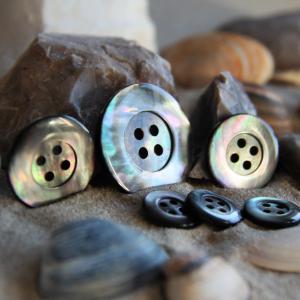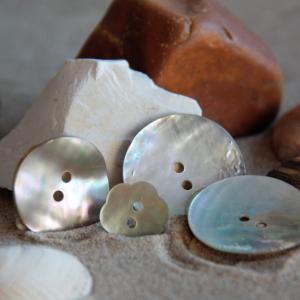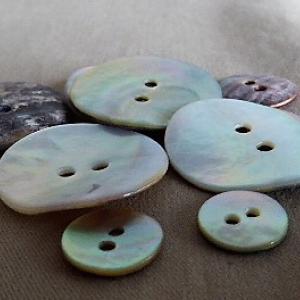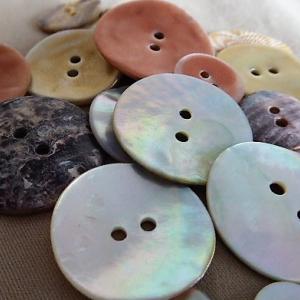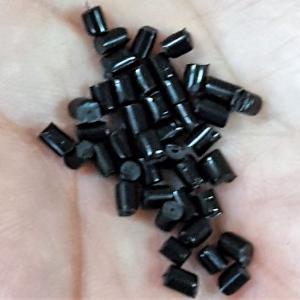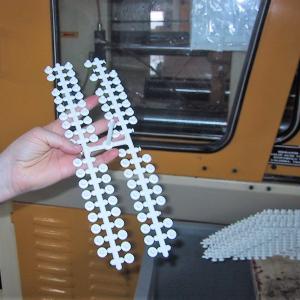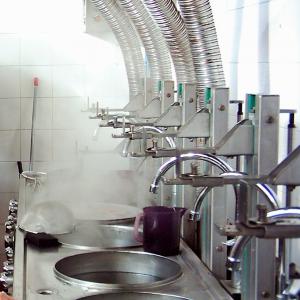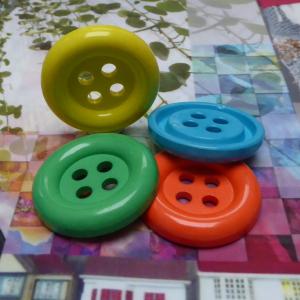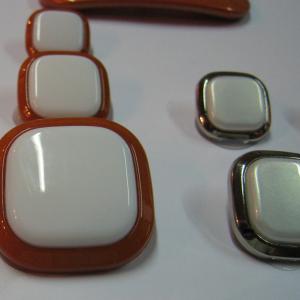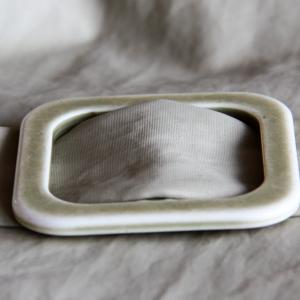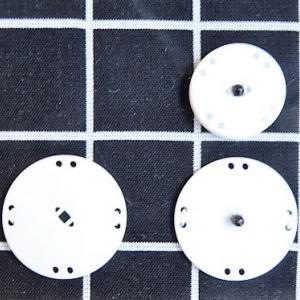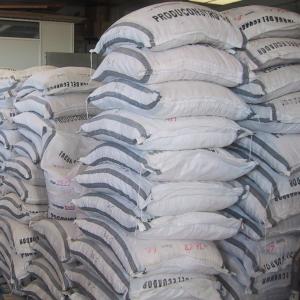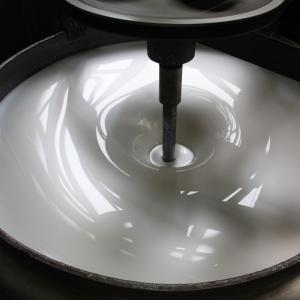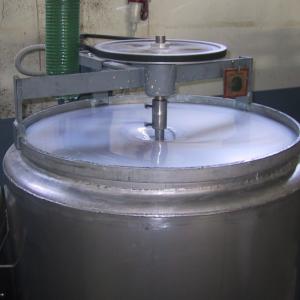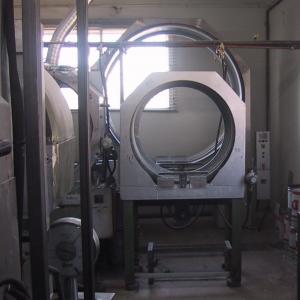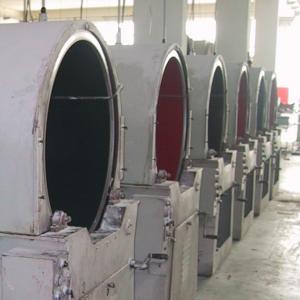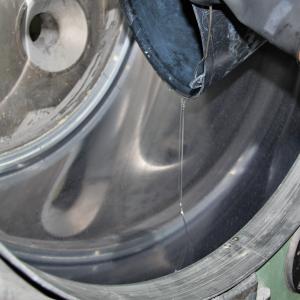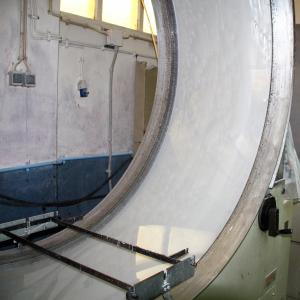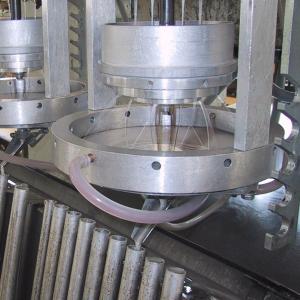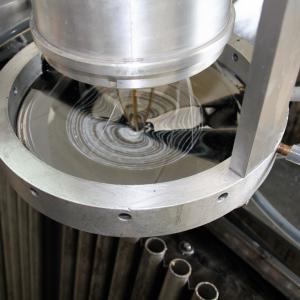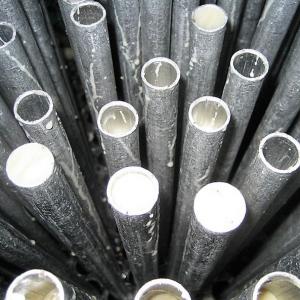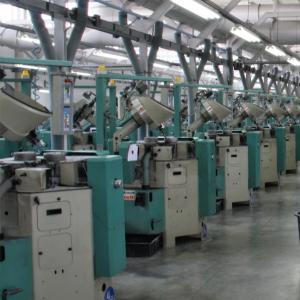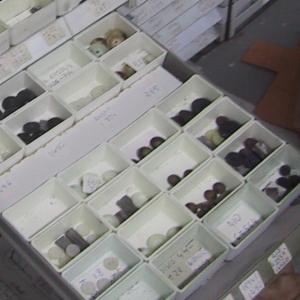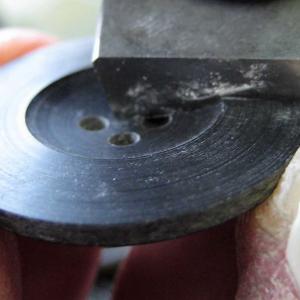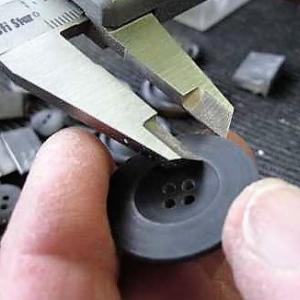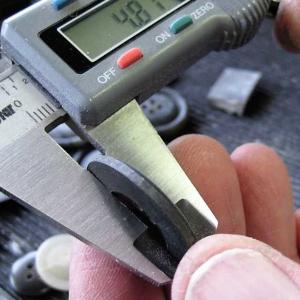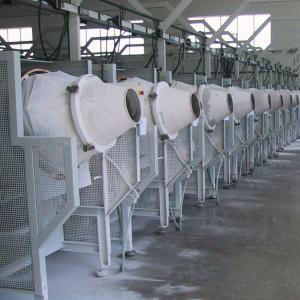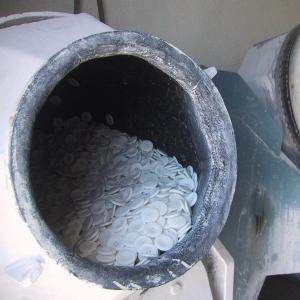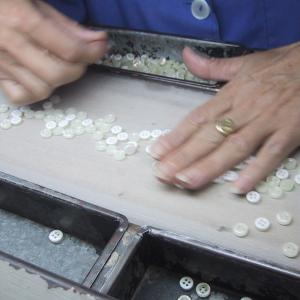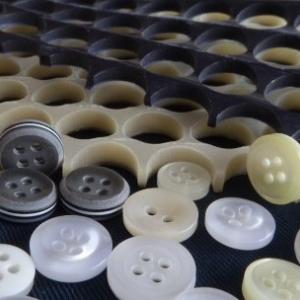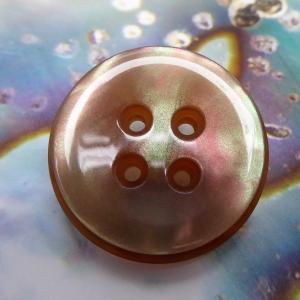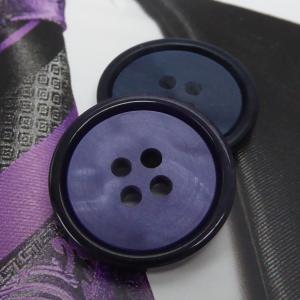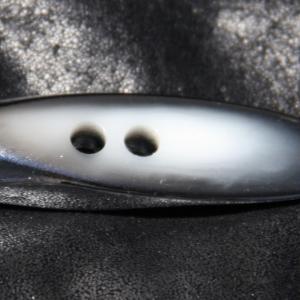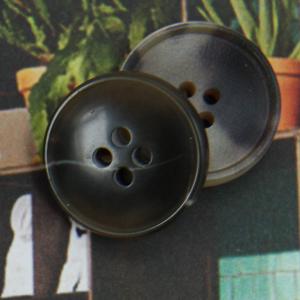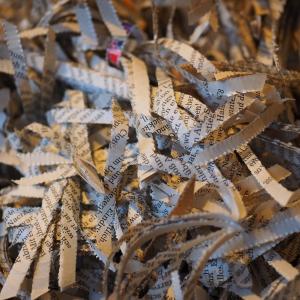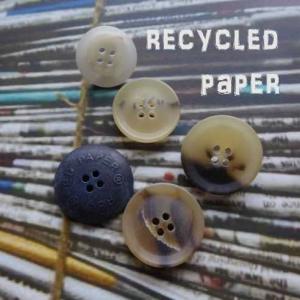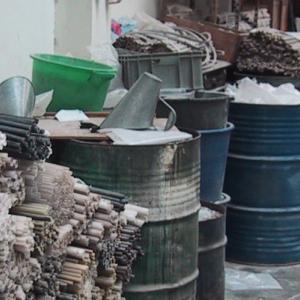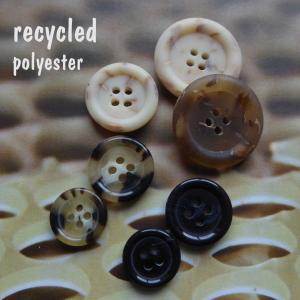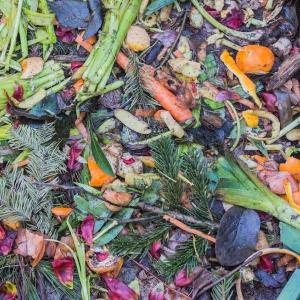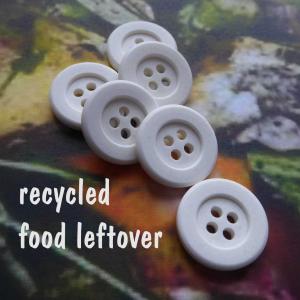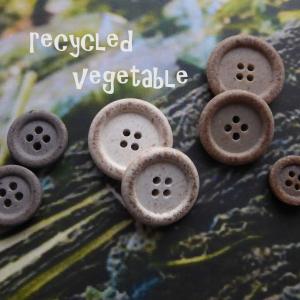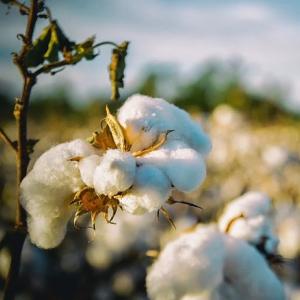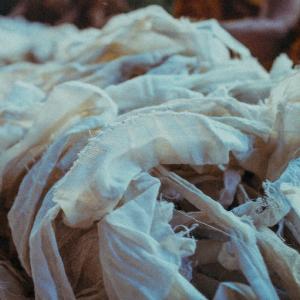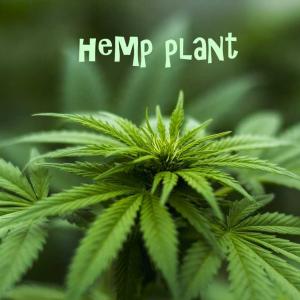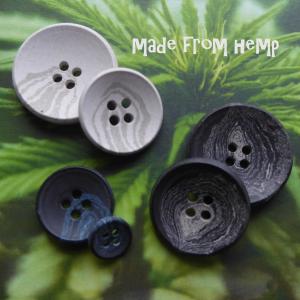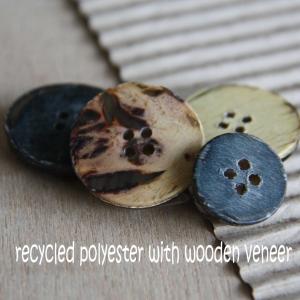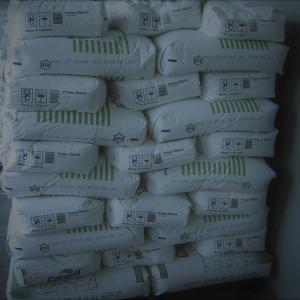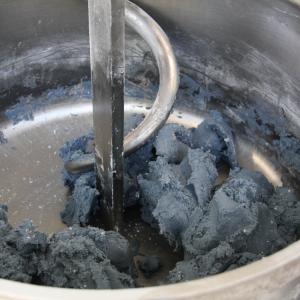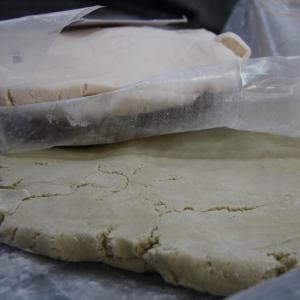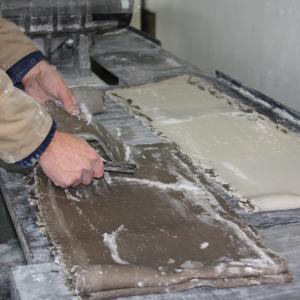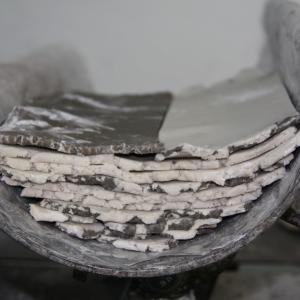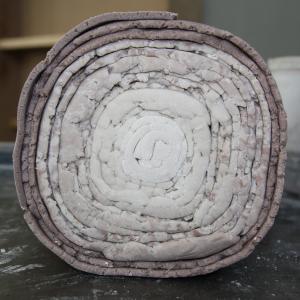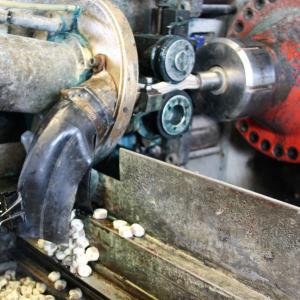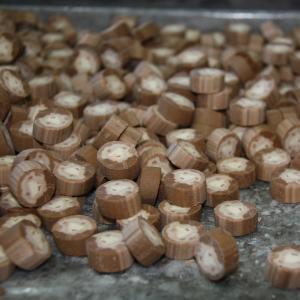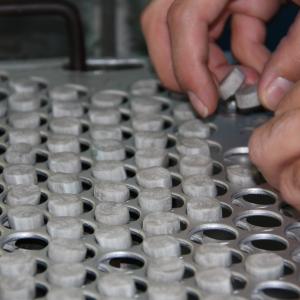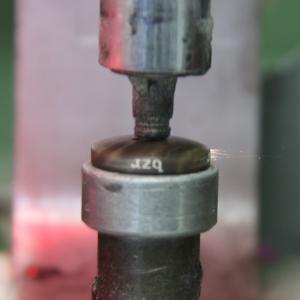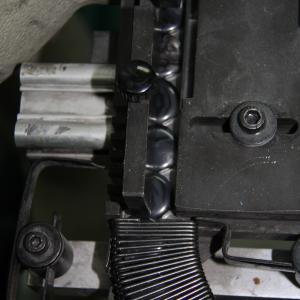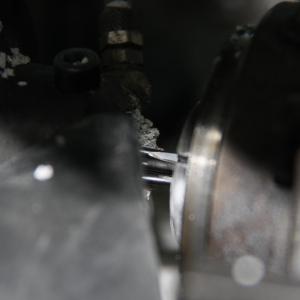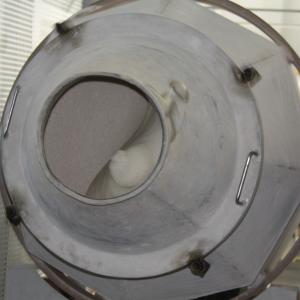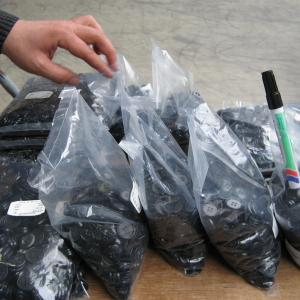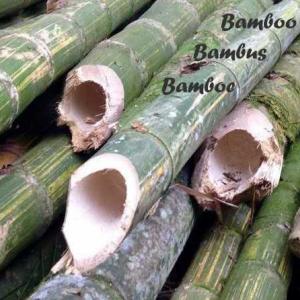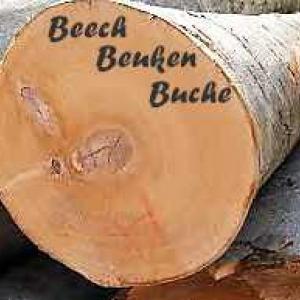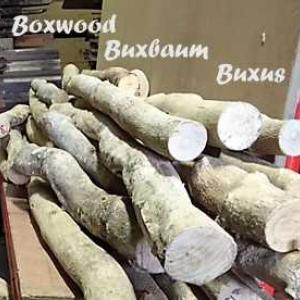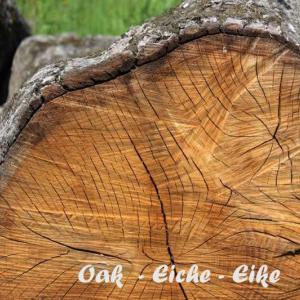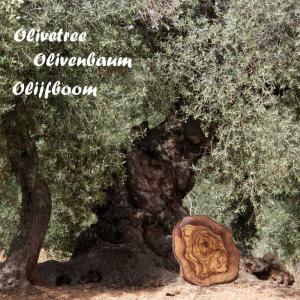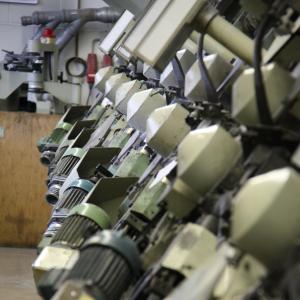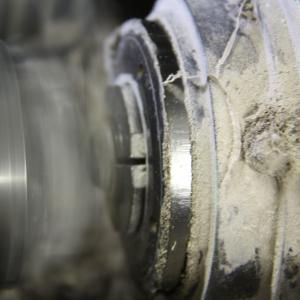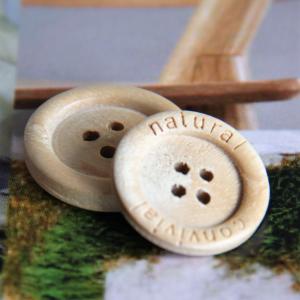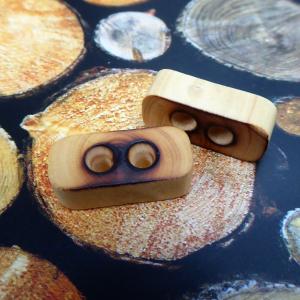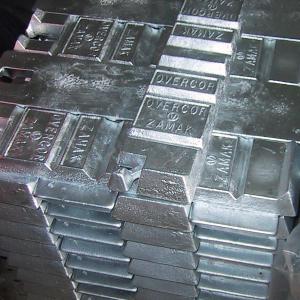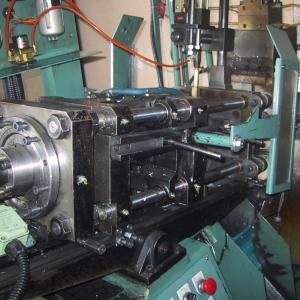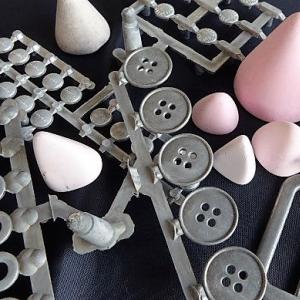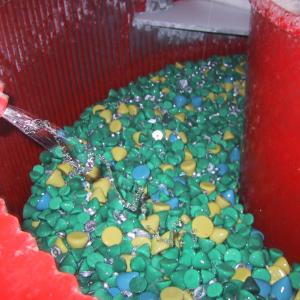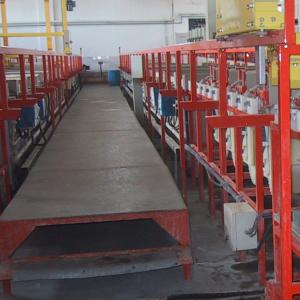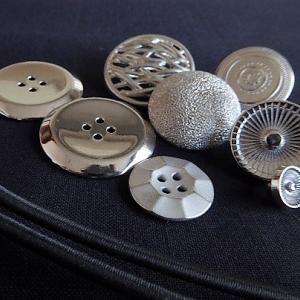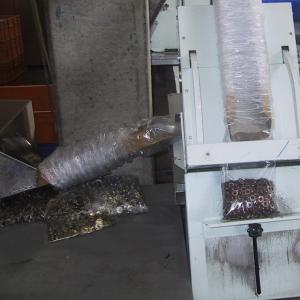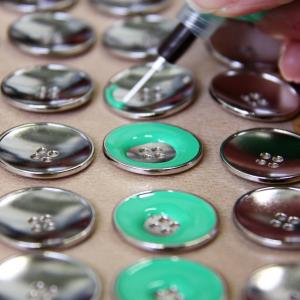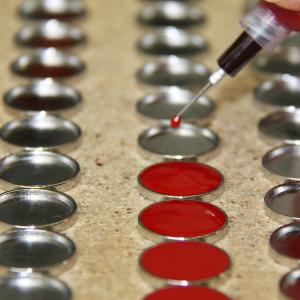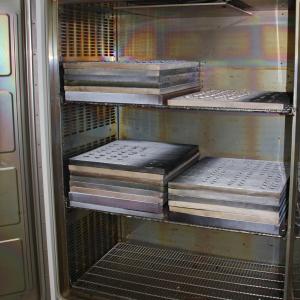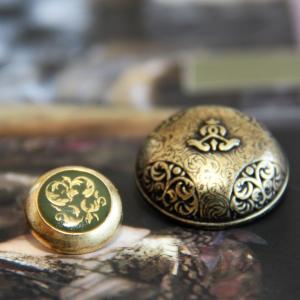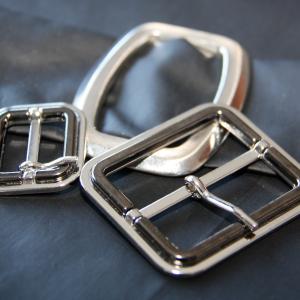Materials: Fashion
The information on this page is the first guideline in choosing the materials that are used in specific applications. This is general information, not guaranteed performance. It is the responsibility of the customer to determine the suitability of our products in a particular application.
Contact Butonia-Kahage Group if you require additional information.
===============================================================================================================================
ABS
ABS is a synthetic material that is poured into shapes just like as nylon and is suitable to be galvanised in metal colours. ABS is light and therefore usable in vulnerable fabrics like silk, organza, lace, chiffon and such. Beautiful effect can be achieved in combination with coloured nylon. We advise not to laser nylon, acryl or ABS due to the low melting point.
Acryl
Acryl is produced in the same way as nylon. It is transparent and glassy. It offers a good alternative for so called diamond buttons with facets and silvering on the back. Smooth designs give a modern appearance and look like glass. Pretty ornamental parts like brooches can be composed in combination with metal or ABS.
Bone
Buttons and accessories of bone are made with bovine bones. The porous surface with a porcelain appearance is distinctive. Most of the times, the product is used in the original broken white colour, but it can also be painted. A sportive look, often chosen for casual clothing, arises after dyeing due to the porous surface. Typical for this material are the irregularities in colour after dyeing.
Laser and focal points become beige brown after the process.
Brass and stainless steel
Brass is an alloy of copper and zinc. Contrary to zamak, brass is shaped or punched in a cold process. The material's flexibility and suppleness is a big advantage during the production of button snaps, jean buttons and rivets. High quality coatings, galvanic metal colours, enamels or stones can refine your product after production.
Stainless steel is subjected to the same procedure as brass; however, stainless steel does not get the galvanic treatment.
Coconut
Coconut has a comparable appearance to wood, but is tougher and is less vulnerable. The typical saucer shape is available in sizes from 9 to 100 mm which makes it suitable for clothing and accessories for interior use such as curtains, cushions, bedspreads and so on.
Special effects can be achieved by lasering, dyeing and/or enamelling which also give a finishing touch to your product. Lasered motifs will be of a darker colour than the material itself.
Corozo
Corozo, also called 'ivory vegetable', is the fruit of the Tagua palm tree which grows exclusively in the Amazon area. The nuts were mainly used as ballast in ships in the 19th century which sailed from South America to Europe. A German timber merchant discovered that the dried and extreme hard nuts were suitable for producing buttons and similar objects. The structure and strength is comparable to ivory which makes it a great replacement. The material became very popular in Europe in a short window of time; however, since 1945 it fell into oblivion due to the introduction of synthetic materials. The ivory vegetable made a comeback in the eighties because of the increasing awareness of sustainability and environmental issues. The material is 100% sustainable and deserves the 'cradle to cradle' certificate due to this and the fact that is biologically degradable.
The original colour is ivory. Beautiful effects, which do not always have an orderly structure, can be achieved by dyeing, lasering and other modifications. We advise special treatments, which are applicable in all Butonia-Kahage Group establishments, if you use dyed products in contrast. Laserseffects will not change the ivory basic colour.
Genuine leather
The production of leather buttons and accessories are still a manual process. They are sustainable, robust and gorgeous in natural colours. The most used leather has a bovine or calf origin.
'Salpa', which consists of leather fibres, is processed in addition to genuine leather for buttons, making it more lucrative than genuine leather.
Artificial leather is cheaper for accessories due to the rich colour palette and the variations in surfaces, which are easier to adapt to fashion trends. Artificial leather is less vulnerable during dry cleaning and washing.
Horn
Horns of cattle are one of the oldest materials for buttons and accessories. For the clothing industry it is mostly used in the attractive priced darker colours, recognisable by the structure and fine veins. The light colours stand out due to the transparency, sometimes with dark spots. They are much rarer, less available and more expensive. Lasered or burnt motifs become beige/brown, independent of the original colour.
Horns of deer play a big role in traditional folkloric clothing. They are recognisable by the rough crust at the surface and by the light core. It is often replaced by bone material because availability of deer horn is limited.
Melamine
Melamine is a type of synthetic material that is produced with natural resources in the same way as urea. The most well-known application of this unbreakable and scratch resistant material is plates, dishes, cups and mugs. Melamine is also very suitable for buttons for work wear, which have high demands for hygiene and firmness, such as nurse, doctors, laboratory technicians and craftsmen.
The base material is white. Colours are processed directly into the material as it cannot be dyed. Designs, logos and company names can be pressed into a mould or they can be lasered or printed at the end of the production process. Laser and focal points are visible in white.
Mother of pearl
Nature is unique and rich of varieties. The most popular shells for buttons and accessories are Trocas, Sudan, Makassar and Agoya with a rich appearance in the original colour.
Trocas can be recognised by the red dots on the back. Sudan with green dots on the back is easier procurable and a cost-attractive alternative to Trocas.
Makassar offers itself for large buttons, buckles and other accessories.
Agoya (‘the mother-of-pearl’) lends itself for just one shape because it is a relative thin material. Modifications of this shape can be achieved by varnishing, painting and/ or lasering.
Typical for all mother-of-pearls variations is that the material always feels cold to the touch.
Nylon
Nylon (polyamide) buttons are made of granulates which have been melted and poured into shapes. Therefore it is possible to produce complicated designs and shapes in large numbers for attractive prices. Desired colors can be injected directly with larger quantities, for smaller quantities we recommend the surface coloration. The material's big elasticity makes it possible to connect two or more parts with each other. Combinations of galvanised ABS or zamak are interesting.
Butonia Kahage Group offers in all of its offices the possibility to paint and assemble according to wish. Large numbers can also be directly spray painted in the desired colour. The low weight is a big advantage for the application on low weight fabrics. Buttons can be painted in beautiful monochromatic colours due to the pale white base colour.
Polyester
Polyester is a fluid resin which is poured into plates or rods.
Polyester plates are built layer by layer and are very usable to imitate mother-of-pearl or to get a special appearance with different coloured layers.
With polyester rods it is possible to imitate natural materials which are optically indistinguishable from real horn, corozo and wood. It is less vulnerable than natural materials and the colours are easier to adjust due to the addition of pigment into the base material. Small numbers can be simply dyed in the desired colour. Lasered motifs stay transparent. Coloured designs can be realized with a colour laser.
Recycled
Sustainability plays an important role in the Butonia-Kahage Group. We are busy to develop products made from recycled materials since the start of this century. Our motivation to develop those materials is saving resources and the biological degradability.
Two materials developed from recycled paper and recycled polyester are almost indistinguishable from real horn. We also used recycled polyester with veneer to develope products with a rustic appearance. Products made from food leftovers, vegetable fibres and Eco Cotton are characterized by their natural look and touch. The material made from Hemp fibres are permeated with lines, which give it a special characteristic.
Urea
Contrary to other synthetic materials, urea is produced by hand. Urea consists of organic components and synthetic resin which are usually pressed into a mould. The high mechanical strength of the material is a feature of the material. It can be exposed to heavy loads and it can withstand high temperatures.
The complicated production method allows almost infinite patterns and shades. There are for example several imitations of real horn and corozo. Colours are processed directly into the material, because the material cannot be dyed. Motifs, logos and names directly pressed into the mould will be ton-sur-ton. Motifs, logos or names by burning and lasering will become white at the surface independently of the chosen base colour.
Wood
Most of the timber products with a regular structure, which are used for fashion are oak, beech, boxwood and bamboo. Olive wood stands out due to the unique unregular structure.
We can create a specific appearance by burning, lasering and/or varnishing.
After varnishing it's possible to dye the product.
Wood has a natural and rustic charisma and is light in terms of weight.
Zamac
ZAMAC is an alloy of Zinc, Aluminium, MAgnesium and Copper. The material, which is fluid at 380° C, is applied to a template under high pressure with injection moulding. Accurate defined surfaces are possible during pouring due to beneficial fluid properties. Before plating, a special smooth surface arises by grinding softly or by polishing. Logos and text can be poured directly and simultaneously or engraved and lasered afterwards.
Zamac offers a maximum of designing possibilities and precision, it is environmentally friendly, requires low energy consumption during production and can be completely recycled after it lifespan expired. High quality coatings, galvanic metal colours, enamels or stones refine your product.
Lasered motifs, logos and text are visible in a lighter colour.
